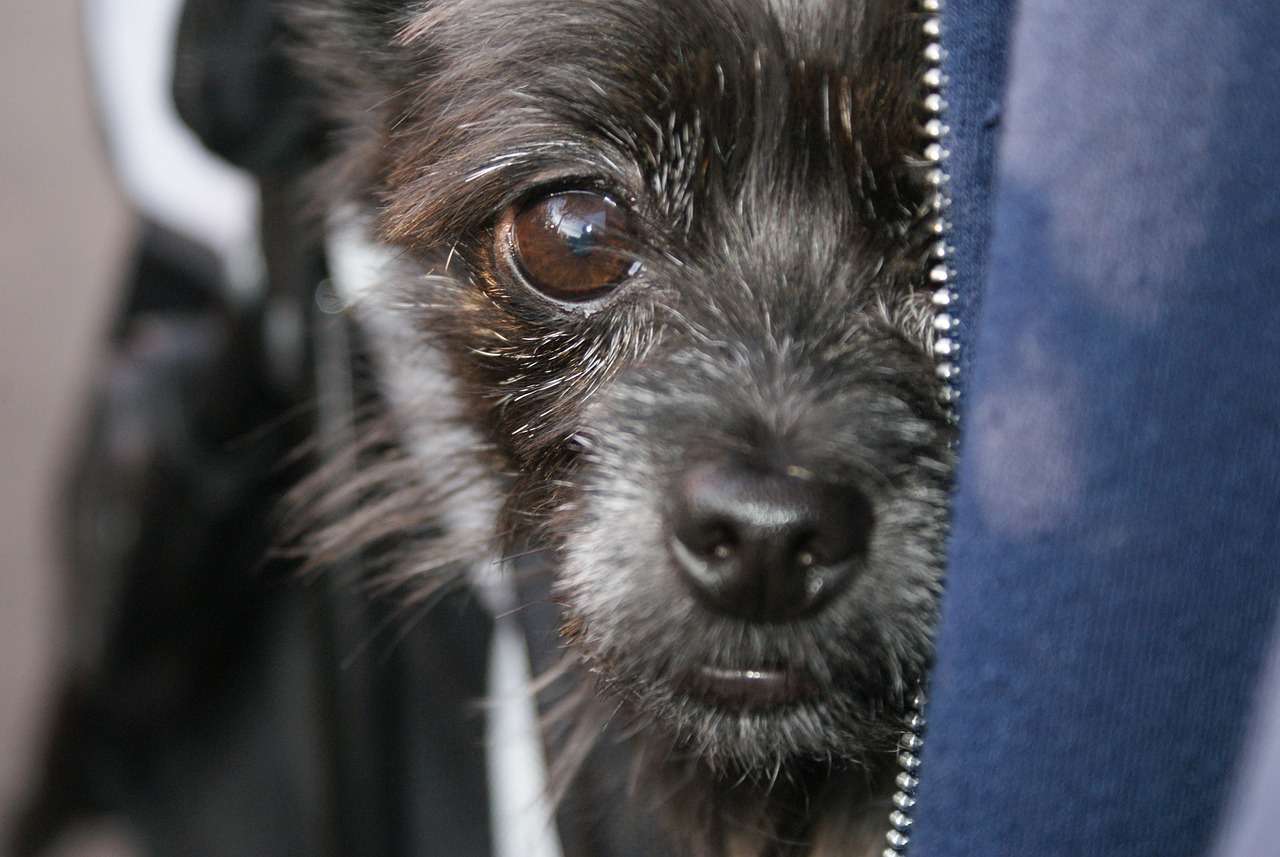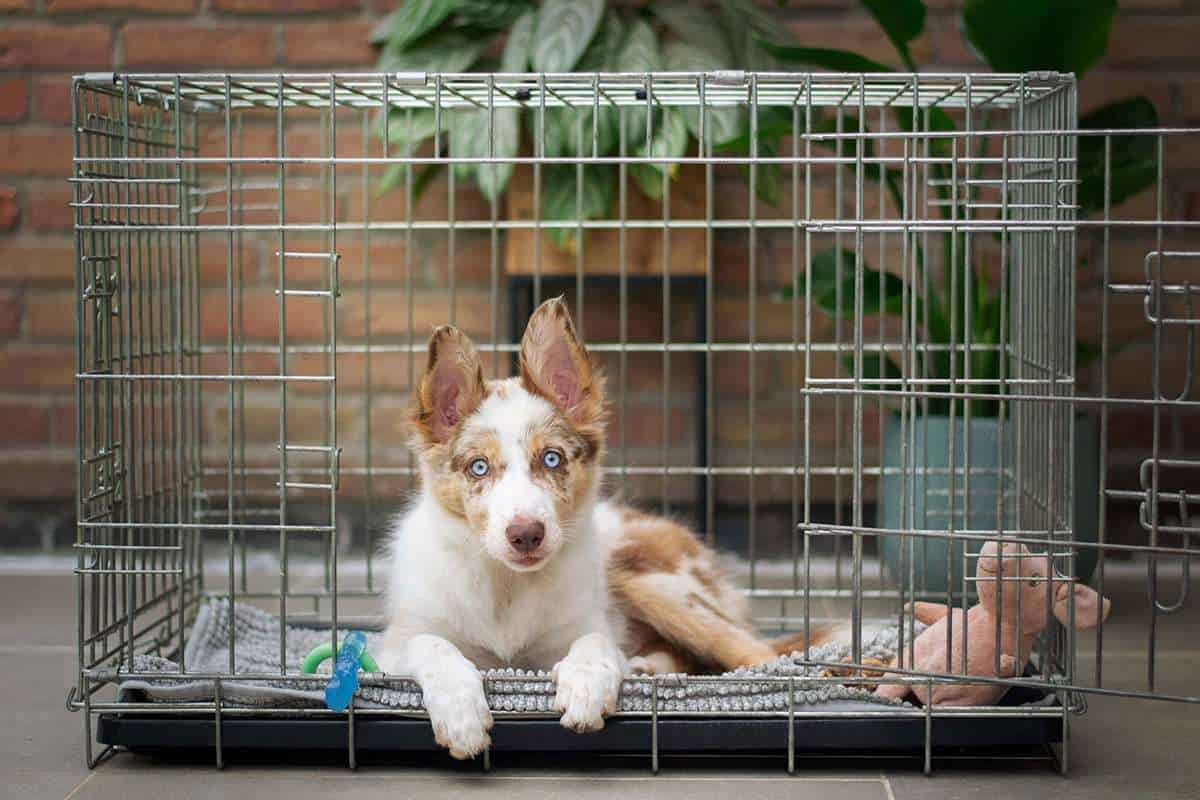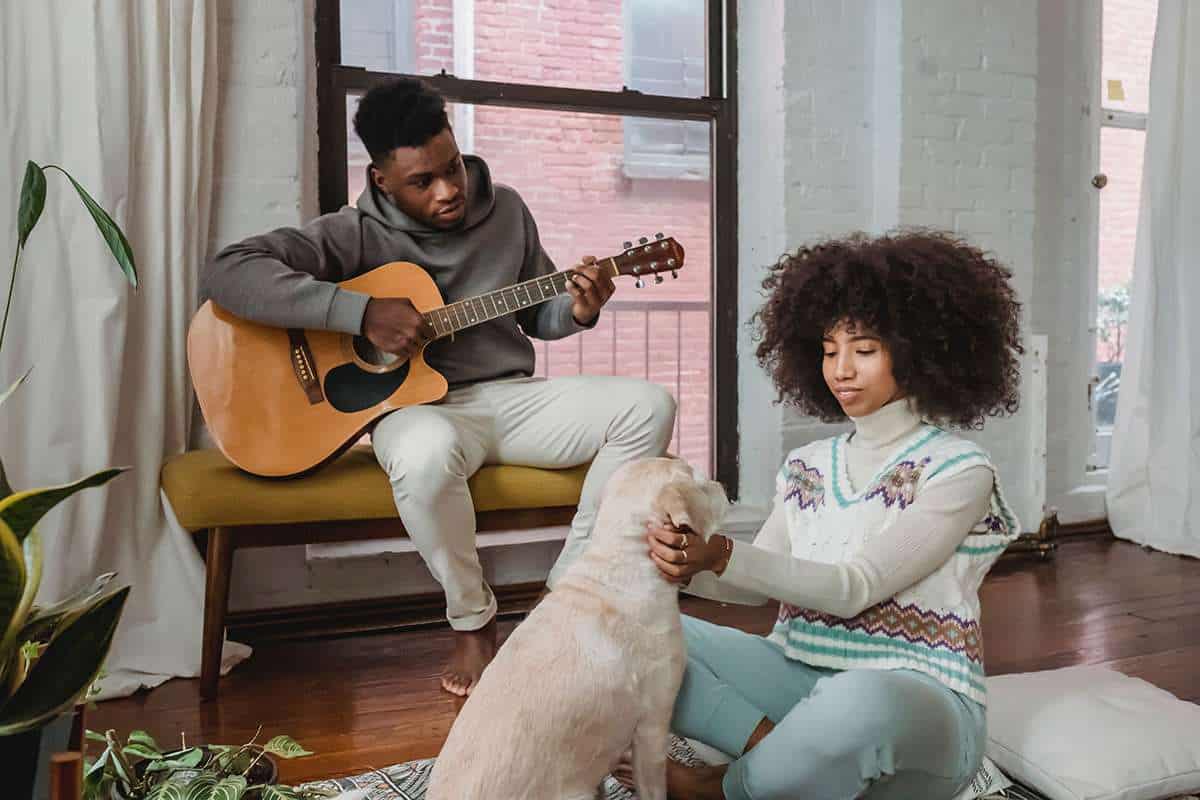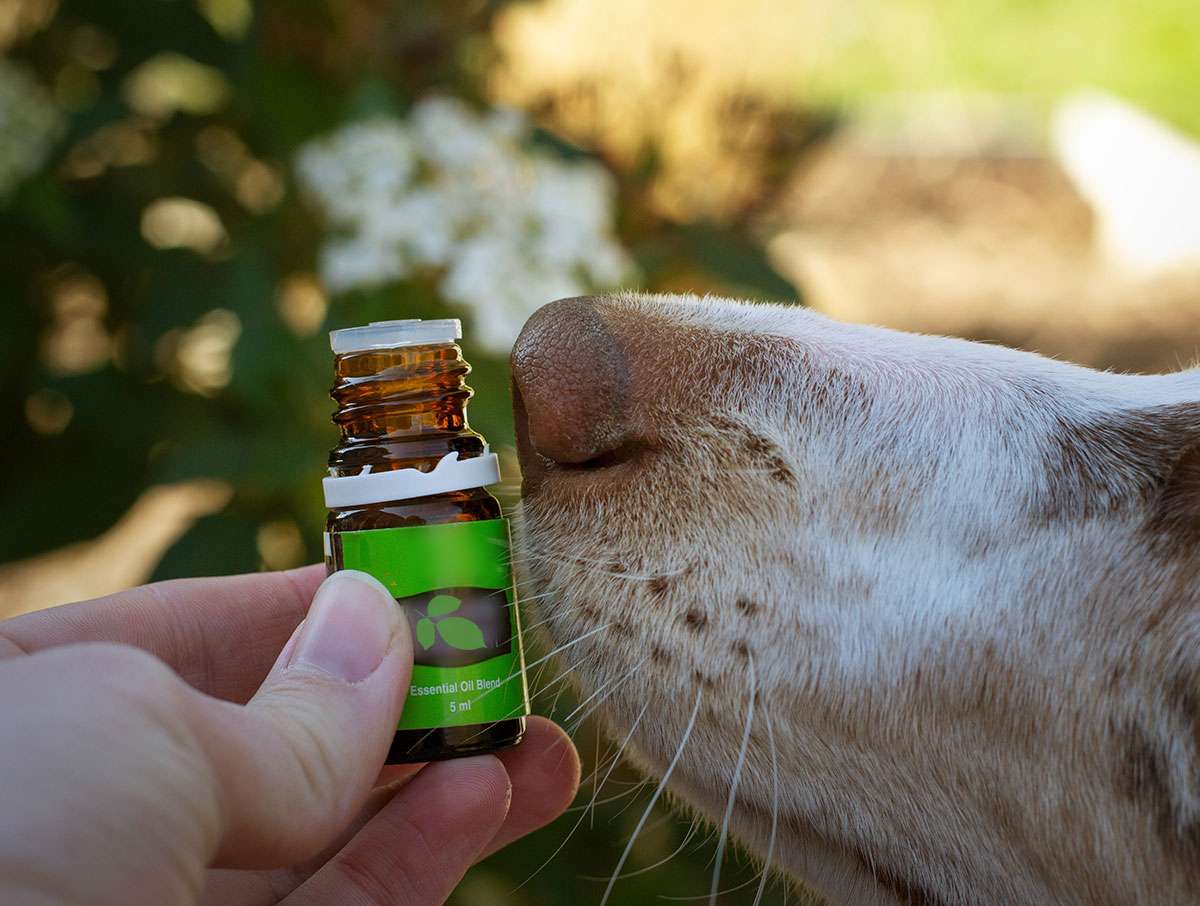What do you do when your lovable pooch seems anxious or uncomfortable around other dogs or people? Welcome to the world of dog social anxiety, a condition that’s more common than you might think.
Identifying Dog Social Anxiety
Before we delve into managing and treating dog social anxiety, let’s first talk about how it manifests. We all know that dogs can’t express their feelings in words, but they do show signs of distress. Does your dog start whimpering, growling, or even barking excessively in social situations? Do they try to hide, shake, or attempt to escape? These can all be indications of social anxiety.
Other symptoms might be less obvious. Your dog may become unusually clingy or start following you around, or they might show aggression or destructiveness. Some dogs even resort to inappropriate elimination when they’re anxious. It’s all about knowing your dog and recognizing any changes in their behavior.
Understanding the Causes of Dog Social Anxiety
To effectively manage dog social anxiety, we need to understand its roots. Just like humans, a dog’s social anxiety could stem from various sources, such as a lack of early socialization, traumatic past experiences, or even genetic predisposition.
A recent study analyzed the behaviors of 13,715 pet dogs from Finland. According to the study, general fearfulness affected 29% of the dogs in the study. “Specifically, 17% of dogs showed fear of other dogs, 15% fear of strangers, and 11% fear of novel situations.”
Knowing why your dog behaves the way they do can help in two significant ways. Firstly, you can avoid or prepare for situations that trigger your dog’s anxiety. Secondly, understanding their triggers can help you gradually expose your dog to these situations under controlled circumstances, which can lessen their fear over time.
Why Dogs Might Act Unruly in Public
One thing many dog owners struggle with is managing their dog’s behavior in public. Often, this unruly behavior is not just mischief; it can be a cry for help. Fear, lack of training, excess energy, or discomfort could be prompting your dog’s adverse reactions. By identifying the reasons, we can determine the appropriate solutions – be it more exercise before outings, additional training, or a more tailored approach to socialization.
The Magic of Exercise
Before heading out into the public, ensure your dog has had plenty of exercises. A good run or a long game of fetch can help get rid of excess energy, leaving your dog calmer and less likely to react to their surroundings. It’s a simple, effective way to manage their behavior, and it’s great for their health too!
The Role of a Veterinary Behaviorist
In severe cases of dog social anxiety, you may need to consult with a veterinary behaviorist. They’re experts in animal behavior and can diagnose the root causes of your dog’s issues. They can also rule out any medical problems that might be contributing to your dog’s anxiety. Armed with this knowledge, they can create a tailored treatment plan, which may include behavior modification techniques, medication, or recommended changes to your dog’s environment.
Strategies for Introducing Anxious Dogs to New Things
Introducing an anxious dog to new people or other dogs can feel like navigating a minefield, but with some patience and careful planning, it can be done successfully. Gradual introductions in a controlled environment are the key. Use positive reinforcement, such as treats or praise, to reward your dog when they behave calmly around newcomers. Start with predictable, calm individuals or dogs, and gradually introduce them to more variable situations as they get comfortable.
Prevention through Early and Consistent Socialization
Preventing dog social anxiety can be as straightforward as early and consistent socialization. Exposing puppies to various environments, people, animals, and situations can help them grow into confident and comfortable adults. This early life exposure reduces the chances of them developing anxiety around the unfamiliar.
Desensitizing Fearful Dogs
Desensitizing a fearful dog involves gradually exposing them to their fear in a safe and non-threatening manner. Pair this exposure with positive reinforcement to show them that good things can happen in these situations. This process can be slow and requires patience, but it can be incredibly effective in reducing their fears.
The Importance of Calm Energy
Remember, as a dog owner, your energy matters. Dogs are incredibly intuitive and can pick up on their owner’s emotions. If you’re anxious or agitated, there’s a good chance your dog will mirror these feelings. Always try to project calm energy, especially when in public with your dog.
Practice Makes Perfect
Lastly, remember the power of regular practice and consistency. By establishing a routine and maintaining predictability, your dog can gain a sense of security. The more positive experiences they have in public, the more confident and calm they’ll become. So, keep practicing, and over time, your dog’s social anxiety can lessen significantly.
Conclusion
Social anxiety in dogs is a challenge many owners face, but with the right understanding and approach, it can be effectively managed. Here’s a summary of the major concepts discussed in the article:
- Identifying Dog Social Anxiety:
- Dogs may display signs like whimpering, growling, barking, hiding, shaking, or attempting to escape in social situations.
- Other symptoms include clinginess, aggression, destructiveness, and inappropriate elimination.
- Understanding the Causes:
- Causes can range from a lack of early socialization, traumatic past experiences, to genetic predisposition.
- Unruly Behavior in Public:
- Dogs might act out in public due to fear, lack of training, excess energy, or discomfort. Recognizing these reasons can guide appropriate solutions.
- The Magic of Exercise:
- Exercising your dog before heading out can help manage their behavior by burning off excess energy.
- Consulting a Veterinary Behaviorist:
- In severe cases, a veterinary behaviorist can diagnose root causes, rule out medical issues, and create a tailored treatment plan.
- Introducing Anxious Dogs to New Things:
- Gradual introductions in controlled environments, using positive reinforcement, can help anxious dogs adjust to new people or other dogs.
- Prevention through Socialization:
- Early and consistent exposure to various environments and situations can prevent the development of social anxiety in dogs.
- Desensitizing Fearful Dogs:
- Gradually exposing dogs to their fears in a safe manner, paired with positive reinforcement, can reduce their anxieties.
- The Importance of Calm Energy:
- Dogs mirror their owner’s emotions. Projecting calm energy can help keep the dog calm, especially in public.
- Practice and Consistency:
- Regular practice and maintaining a routine can provide a sense of security, leading to a reduction in social anxiety over time.
While dog social anxiety can be challenging, with patience, understanding, and a consistent approach, it can be managed effectively. Every dog is unique, so it’s essential to stay attuned to their needs and seek professional help if necessary. Your furry companion deserves the best care and understanding!
For further information on dog social anxiety, check out these sites:
- Social Anxiety in Dogs: Vet Reviewed Causes & Care Guide – Hepper
- Many dogs are prone to anxiety, study finds




Leave a Reply